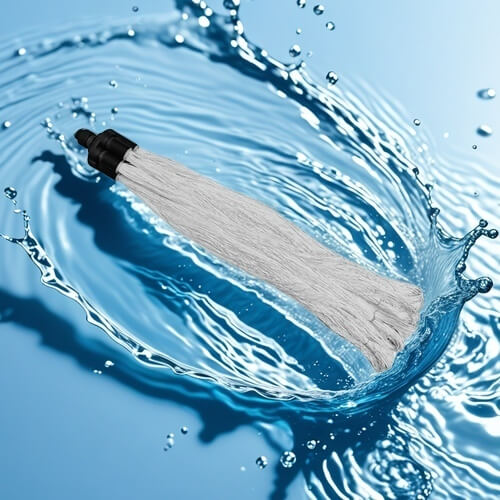What are the types of wastewater treatment?
Wastewater treatment is a complex and diverse process that aims to remove pollutants from water to meet discharge or reuse standards. According to different treatment goals and technologies, wastewater treatment can be divided into the following main types: physical treatment, chemical treatment, biological treatment and physical and chemical treatment.
1. Physical treatment
Goal: Remove suspended solids and floating objects by physical means.
Methods:
Sedimentation: Use gravity to settle suspended solids, thereby separating solids from liquids.
Filtration: Use filter screens or filter membranes to intercept particulate matter.
Floatation: Use bubbles to bring suspended particles to the surface of the water and then scrape them off.
Physical treatment is usually used in the primary treatment stage of wastewater to reduce the load of subsequent treatment.
2. Chemical treatment
Goal: Remove soluble pollutants through chemical reactions.
Methods:
Coagulation and sedimentation: Add chemical agents to make fine particles aggregate into large particles and settle.
Redox: Use oxidants (such as ozone, chlorine) or reductants to remove specific pollutants.
Neutralization method: adjust the pH value of wastewater to neutralize acidity and alkalinity.
Chemical treatment is suitable for removing organic and inorganic pollutants that are difficult to biodegrade.

3. Biological treatment
Goal: Use microorganisms to degrade organic pollutants.
Methods:
Activated sludge method: Degrade organic matter through microbial communities in aeration tanks.
Biofilm method: Sewage flows through solid fillers, and microorganisms attach to them to form biofilms for degradation.
Anaerobic digestion: Under anaerobic conditions, microorganisms decompose organic pollutants, which is suitable for high-concentration organic wastewater.
Biological treatment is the core of secondary wastewater treatment and is widely used in municipal sewage and industrial wastewater treatment.
4. Physical and chemical treatment
Goal: Combine physical and chemical methods to improve removal efficiency.
Methods:
Membrane separation technology: such as ultrafiltration and reverse osmosis, remove soluble and suspended pollutants through membrane filtration.
Ion exchange method: Remove ionic pollutants in wastewater through ion exchange resins.
Adsorption method: Use materials such as activated carbon to adsorb soluble organic pollutants.
This type of treatment is usually used for three-stage deep purification to ensure that the effluent quality reaches higher standards.
Conclusion
The diverse types of wastewater treatment enable it to adapt to various complex water quality conditions and discharge requirements. By rationally selecting and combining these technologies, efficient and economical wastewater purification can be achieved, protecting the environment and promoting the sustainable use of resources. With the continuous advancement of technology, wastewater treatment will become more intelligent and environmentally friendly, creating a healthier living environment for humans.
